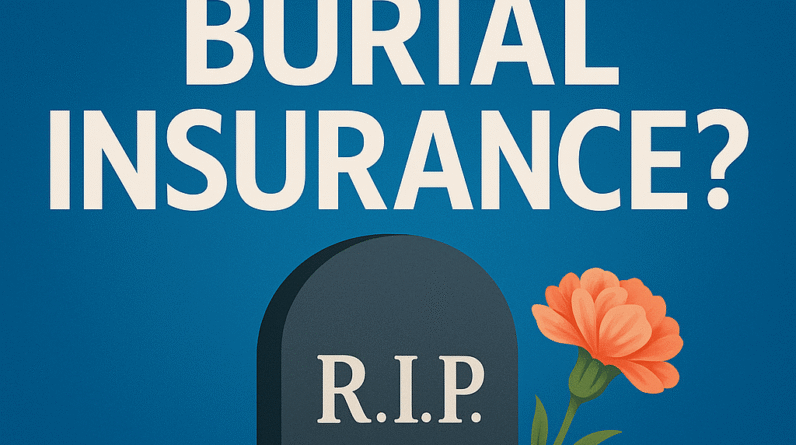Life insurance is meant to provide financial protection for your loved ones in the event of your death. But as time passes, you may wonder if your policy still meets your needs. Is it still a valuable asset, or should you reconsider your coverage? In this article, we’ll explore five key factors to assess whether your life insurance is still worth it in 2025.
1. Is Your Coverage Amount Still Adequate?
One of the first things to review is whether your life insurance coverage amount is still sufficient. As your life evolves, your financial needs change, and so should your coverage.
For example, if you’ve experienced significant life events such as marriage, the birth of children, or purchasing a home, your coverage needs will likely increase. On the other hand, if your children have grown up, or if you’ve paid off your mortgage, you may need less coverage than before.
How to check: Calculate your current financial responsibilities and consider your family’s future needs. A good rule of thumb is to have life insurance coverage that is 10-15 times your annual income, but it will depend on your unique circumstances.
2. Are You Paying More Than You Need To?
Life insurance premiums can vary significantly based on the type of policy, your age, and your health. Over time, you might find yourself paying more than necessary for coverage that no longer fits your situation.
For instance, if you’ve held a term life insurance policy for many years, the premiums might have increased, especially as you’ve aged. Alternatively, if your life insurance is a whole life policy, the premiums tend to stay fixed, but they are often much higher compared to term policies.
How to check: Compare your current premiums to those of similar policies offered by other providers. If your premiums seem high for the coverage provided, it might be time to shop around and get quotes for a new policy. Make sure to consult with an insurance advisor to see if you’re getting the best deal for your needs.
3. Does Your Policy Reflect Your Current Life Situation?
Your life insurance policy should align with your current life stage. If your life circumstances have changed, such as starting a new business or undergoing a significant career shift, your coverage may need to reflect those changes.
For example, self-employed individuals may require additional coverage due to unpredictable income streams or business debts. Similarly, if you’ve recently divorced or remarried, your beneficiary designations should be updated, and your policy might need to reflect your new family dynamics.
How to check: Review your policy regularly to ensure that the beneficiary information is up-to-date and that the coverage aligns with your current financial obligations. A life insurance policy review should be part of your annual financial check-up.
4. Are You Happy with Your Provider’s Customer Service?
The quality of customer service provided by your life insurance company is often overlooked, but it’s a crucial aspect to consider. If you’ve had trouble getting in touch with customer service, facing delays in claims processing, or finding it difficult to understand your policy details, it might be time to look for a more reliable provider.
Excellent customer service is especially important when dealing with claims, which can be a difficult time for your beneficiaries. You want to ensure that the provider you choose is responsive, transparent, and reliable when your loved ones need it the most.
How to check: Research your insurance company’s customer satisfaction ratings and look for reviews online. If you encounter frequent complaints about poor customer service, it may be time to switch to a provider with a better reputation.
5. Is the Policy Still Affordable?
As your life changes, so does your financial situation. You might find that your life insurance premium has become a burden on your monthly budget. In some cases, individuals may struggle to pay for life insurance due to unexpected expenses or other financial priorities.
If your life insurance has become unaffordable, there are options to lower your premiums or even adjust your coverage to fit your current budget. It’s important to remember that you can often find a plan that better suits your financial situation without completely canceling your coverage.
How to check: Review your monthly premiums and evaluate your current financial priorities. If necessary, contact your insurance provider to inquire about adjusting your policy to reduce premiums, or consider switching to a more affordable plan.
Conclusion: Is Your Life Insurance Still Worth It?
Life insurance is an important part of your financial security, but it’s important to ensure that your policy remains relevant as your circumstances evolve. By regularly reviewing your coverage amount, premiums, provider satisfaction, and overall financial situation, you can determine whether your life insurance is still worth it.
If after reviewing these five factors you feel that your policy no longer meets your needs, it’s time to take action. Whether that means adjusting your coverage, switching providers, or simply finding a more affordable option, taking a proactive approach can ensure your life insurance continues to provide the protection you and your family deserve.






